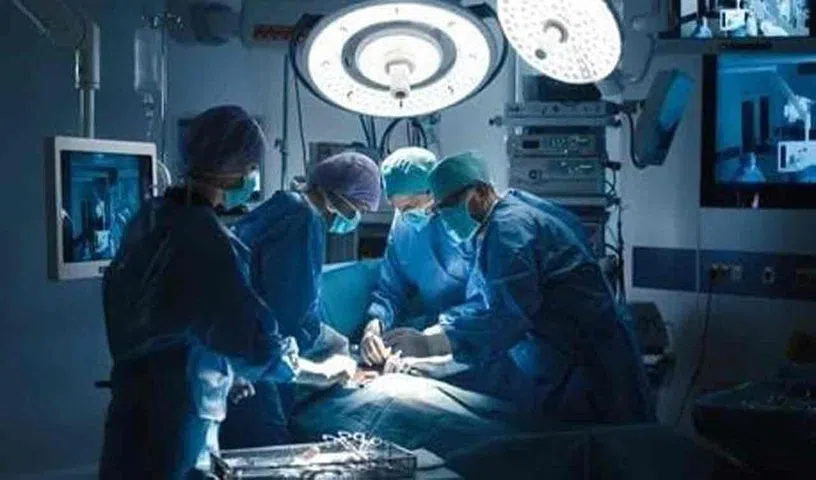Robot-assisted reconstructive surgery aids man with blocked ureter

The 32-year-old man underwent ureteroscopy (the process of removing ureteric stones) at a hospital.

New Delhi: Delhi-based Anil (name changed) had been living with a kidney tube (nephrostomy) and a urine bag hanging outside his body for three months.
The 32-year-old man underwent ureteroscopy (the process of removing ureteric stones) at a hospital. While the stone could not be removed, post ureteroscopy, he developed a 7 cm long stricture in the ureter, restricting the flow of urine from the bladder.
Additional three unsuccessful procedures ended up further damaging the ureter and infecting the kidney.
The urinary bag hanging outside his body was not only causing hindrance to the patient’s daily routine but he also developed an infection along with pain in the kidney.
“Ureteric stone is a very common problem in adults but ureteric stricture leading to complete blockage and putting a nephrostomy tube is very rare,” Dr. Shailesh Chandra Sahay, Director – Urology, Max Hospital, Patparganj, told IANS.
Sahay’s team used a rare approach by grafting skin from the patient’s oral cavity to repair the blocked ureter.
The complex surgery lasted three hours and was performed robotically, with minimal incisions to avoid significant blood loss and aid in rapid recovery, the doctor said.
“Normally a procedure like this would require a large incision and leave behind significant scarring. This was quite a challenging case, but the use of robotic-assisted surgery allowed for 3D vision and better ergonomics, which aided in the successful application of the oral mucosal graft to the ureter,” Sahay said.
The urine bag, which was hanging outside the body for almost 3 months, was finally removed after the successful surgery.
The patient has made a full recovery, and was discharged from the hospital after three days and is now living a healthy life, Sahay said.
“We hope that this will raise awareness amongst the people about the benefits of robotic-assisted surgery and help more patients with similar conditions achieve positive outcomes and lead healthy lives,” he added.






